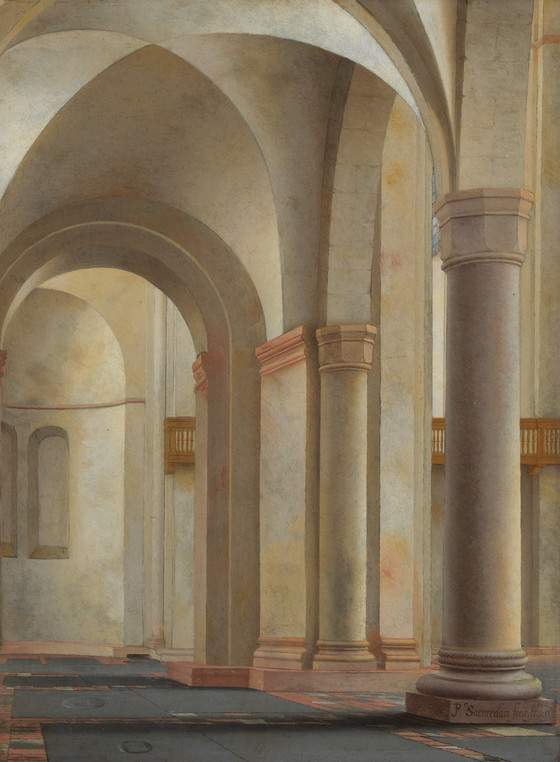Mr. Alcott, Rugby. William Allan Coats (1853–1926), Glasgow, sold by heirs through;(1) [W. B. Paterson, London, 3 Jan. 1927, lot 175, for £5,000 to];(2) [Frits Lugt (1884–1970), Maartensdijk, inv.
...
Mr. Alcott, Rugby. William Allan Coats (1853–1926), Glasgow, sold by heirs through;(1) [W. B. Paterson, London, 3 Jan. 1927, lot 175, for £5,000 to];(2) [Frits Lugt (1884–1970), Maartensdijk, inv. no. 2766, sold Feb. 1927 to];(3) Willy van der Mandele (1883–1951), by inheritance to his wife; Alida Christina Rabina van der Mandele-Vermeer (1891–1988), Bloemen- dael. John Hampden Mercer-Henderson (1906–1963), 8th Earl of Buckinghamshire, 1963 to; Trustees of the Hampden Settlement (sale, Amsterdam, Sotheby Mak van Waay, 15 Nov. 1976, lot 46, ill., sold to); [Brod Gallery, London, sold 1977 to]; Mr. and Mrs. Edward William Carter, Los Angeles, given 2003 to; LACMA.
Footnotes
(1) The Carter painting was not included in the catalogue of Coats’s collection prepared by William Paterson in 1904. Edinburgh 1992, p. 144, however, notes that a manuscript inventory in the possession of the Coats family lists four paintings by Saenredam, which were dispersed after William Coats’s death. The four paintings by Saenredam were Interior of Haarlem Cathedral, which hung in the hall of the family estate at Dalskairth in Dumfries; two Church Interiors in the dining room; and another church interior in the billiard room.
(2) Mentioned in Los Angeles-Boston-New York 1981–82, p. 92, as a sale. The painting was actually included in the exhibition The Entire Collection of the Late W. A. Coats, Esqre. at the Galleries of the Royal Society of British Artists, London, held in January 1927. Various articles in the press noted that the exhibition was “previous to the projected sale of the collection.” The exhibition was apparently organized by William B. Paterson, who wrote the catalogue. Articles in the London press note that Coats was a cotton magnate, who over the course of forty years had formed a collection of 341 works of all schools and periods, from Italian primitives to living British artists. This was the first exhibition of the entire collection, from which he had rarely lent paintings. The most important painting in the collection was Johannes Vermeer’s Christ in the House of Martha and Mary, which was presented to the National Gallery of Scotland by Coats’s sons. The reference to the 1904 catalogue of the exhibition originally came from Frits Lugt’s notes (Los Angeles-Boston-New York 1981–82, p. 97). Utrecht 2000–2001, p. 178n1, cites a handwritten note in a copy of the catalogue of Coats’s collection at the RKD– Nederlands Instituut voor Kunstgeschiedinis, The Hague, stating that no. 175 is a painting of the Sint-Mariakerk from 1651.
(3) According to a letter in the Saenredam object file, Department of European Painting and Sculpture, LACMA, dated 26 February 1979, from Carlos van Hasselt, director, Fondation Custodia, Paris, to Edward Carter, Lugt was largely responsible for the formation of the Willy van der Mandele collection. Willy van der Mandele was born in Haarlem but died in Mozac, Auvergne, France.



